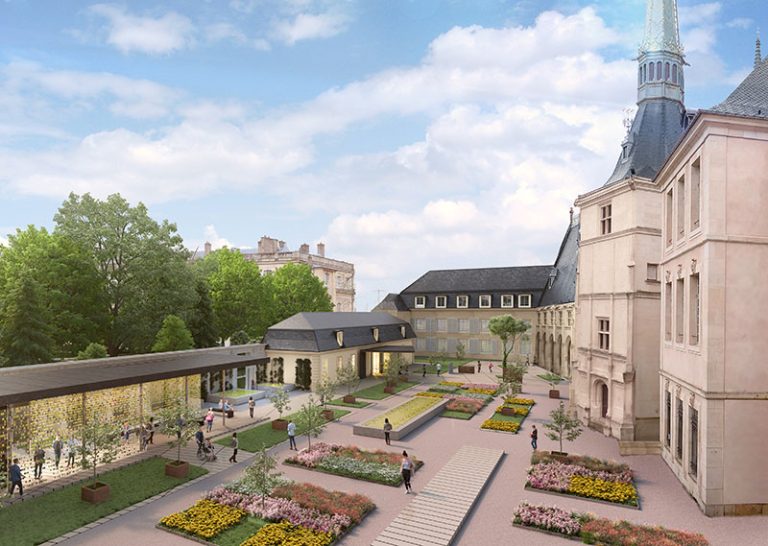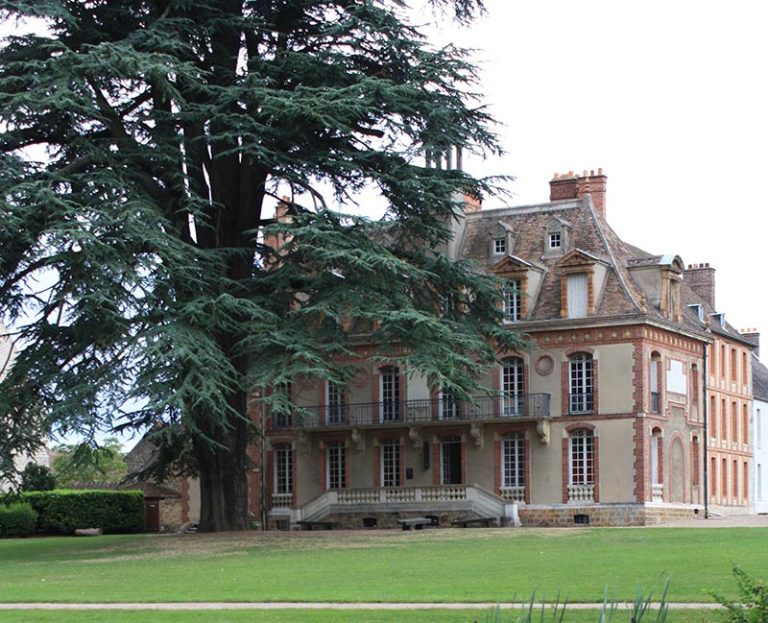It is one of the great preoccupations of the human soul and an essential subject in the history of art. From ancient funerary steles to the paradise of the Sistine Chapel, via the hell painted by Hieronymus Bosch, death has always obsessed artists and infused their creation. With this most complex challenge: how to represent the unrepresentable? By asserting itself from the 17th century, the painting of vanities and memento mori (“Remember that you are going to die”), declined in the form of skulls, candle flames, decomposing fruit or wilted flowers , offers so many metaphors for the transience of our existence. A tradition still widely perpetuated today in contemporary art. Covered with diamonds at Damien Hirst, in a cockroach version according to Jan Fabre or even multiplied and in XXL format at Ron Mueck, the skull, a depersonalized representation of a human being, has become a cliché of contemporary creation. Paradoxically, death has never been so absent from our daily lives. “We live in a society driven by the injunction to happiness and the joy of living, and in which death does not exist”, underlines Michaël Houlette, director of the Maison Robert Doisneau, in Gentilly, and curator of the exhibition “And our dead? “.
Andres Serrano, Bloodstream, “Bodily Fluids” series, 1987, color print, 125 x 185 cm, private collection, Paris. Photograph presented in the exhibition “In the Times of AIDS” at MAMCS Strasbourg.
© Andres Serrano
“During the Covid crisis, we recorded up to 600 deaths per day in France and yet we saw no bodies”, continues the commissioner. This exhibition of post-mortem photos, around the work of around twenty photographers, was also “difficult to make and watch”. A historian of photography, the curator even expects extreme reactions, between understanding and reproaches on the morbid nature of the subject. However, until the middle of the 20th century, post-mortem photography was a widespread practice and the photos of Paul Valéry or Jean Cocteau on their deathbeds bear witness to this. Today, photographing a deceased person is no longer a social rite but rather a variety of artistic approaches, from an intimate quest to sociological or documentary approaches. Often, implicitly, this question: when does life end, when does death begin? In this regard, the series by photographer Walter Schels and journalist Beate Lakotta produced with patients at the end of life is disturbing. In front of these double portraits of a living and deceased person, “we move from one image to another, comparing the features before and after as if in an infinite loop which always returns us to the same mystery”, testifies Michaël Houlette. For the artist Christine Delory-Momberger, exhibiting her deceased loved ones is a form of consolation, which she wishes to distinguish from what Freud calls the “work of mourning”. “This expression is very overused: we are told that life goes on, as if we had to put the dead behind us. Consolation is something else, it is a dialogue that begins with our deceased, like a subtle presence that accompanies us. »
Invitation to irrigate the future
According to Vinciane Despret in The Dead at Work, the missing people would even invite us to act in order to “irrigate the future”. In her work, the philosopher focused on five artistic commissions carried out within the framework of the New Sponsors, a system which supports a group of citizens wishing to have a work created. “By the grace of protocol, a true intercessor, the dead are endowed with the power to continue to act in this world, not only by helping the living to deal with this world, but also by transforming it through the vector of a work”, writes the author. Through these multiple stories which have tragic events as their starting point (accidents, wars, attacks), the philosopher explains how those who remain see themselves transformed: encounters are made, new communities are created, new stories emerge. And first of all because the question arises for the loved ones of knowing what the deceased expected of them. How to maintain the link with the missing person beyond the physical absence? So many questions that lead to conducting investigations and exploring new areas. These works created in homage to the deceased become objects of appropriation. The group of friends of two young road accident victims began to defend the two obelisks by sculptor Steven Gontarski. The artist reproduced graffiti inside the installation with the names, dates of birth and death of the deceased young people. Other tags have been added. Wanted by veterans in homage to the commandos of Africa, the installation The Endless Bridge by Oscar Tuazon was enriched with other stories than those initially planned. It made it possible, for example, to make a link between soldiers from Africa and the immigrant populations living in the neighborhood. “Deaths make us story-makers. Indeed, it is often with stories that we establish them, that we keep them with us, that we honor them, that the conversation is perpetuated…”, concludes Vinciane Despret. A dialogue that continues despite absence, like a bridge to the beyond.

View of the exhibition “To die, what a story” at Daoulas Abbey.
© Elodie Henaff / CDP29







